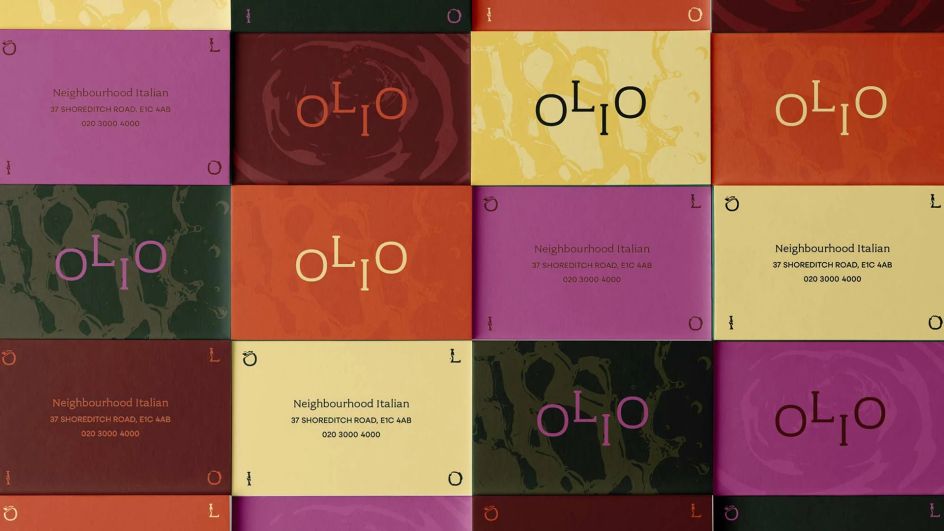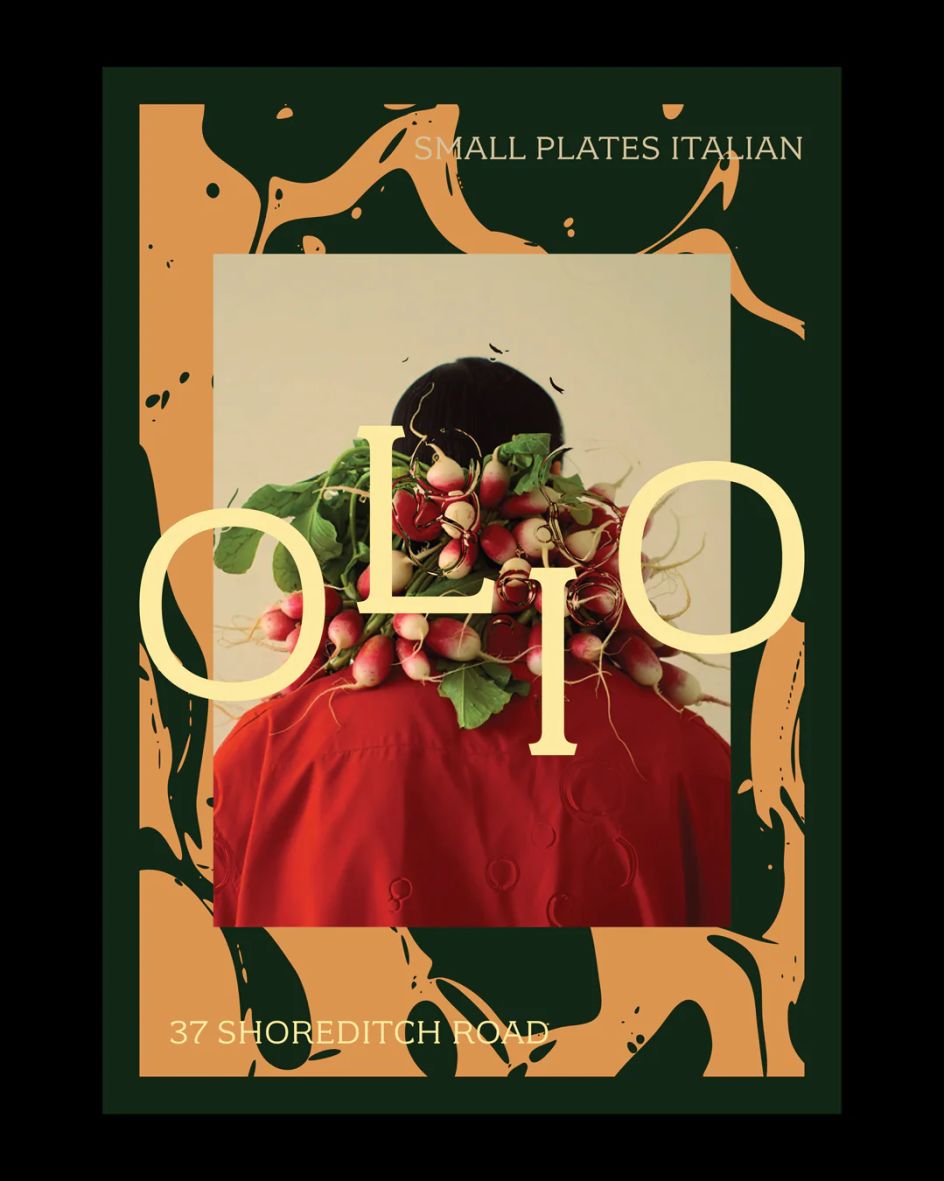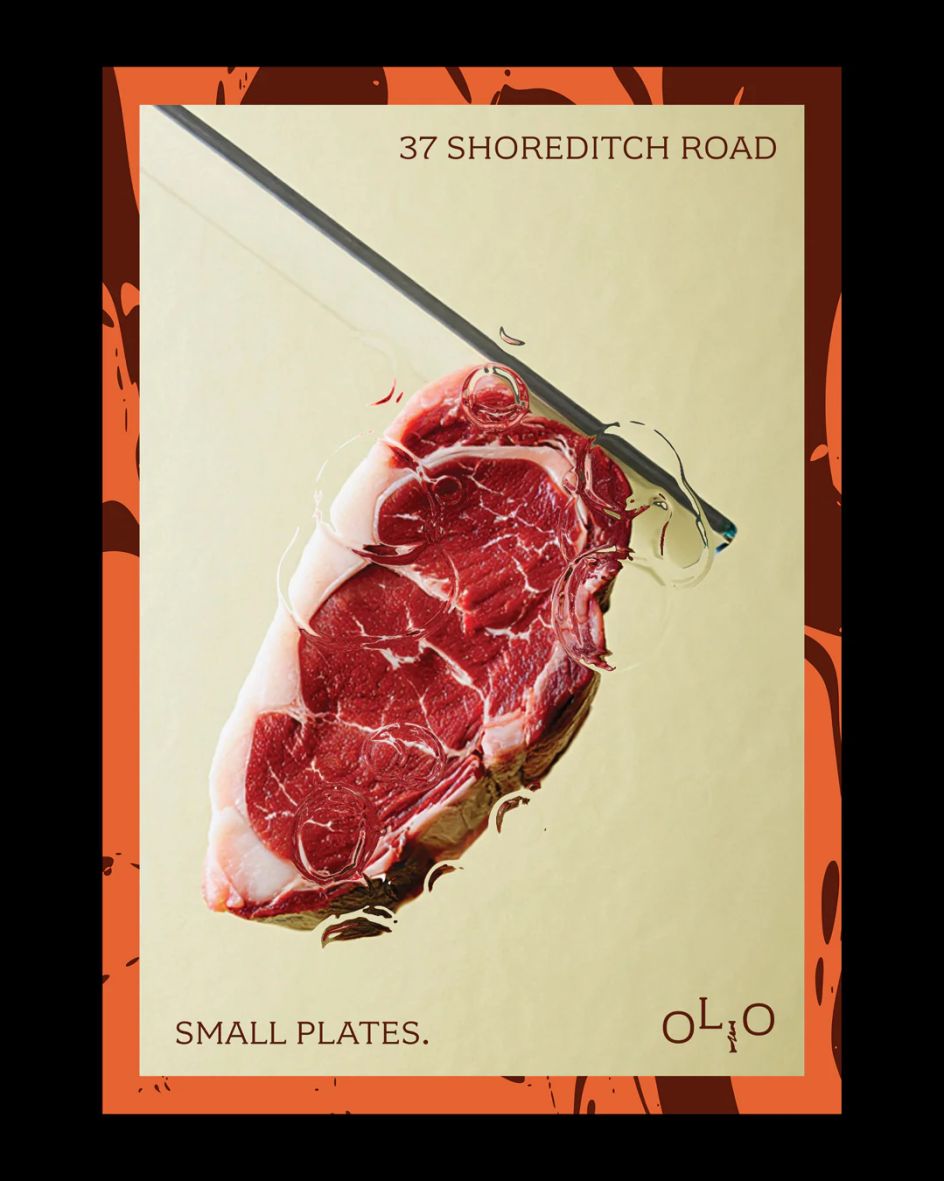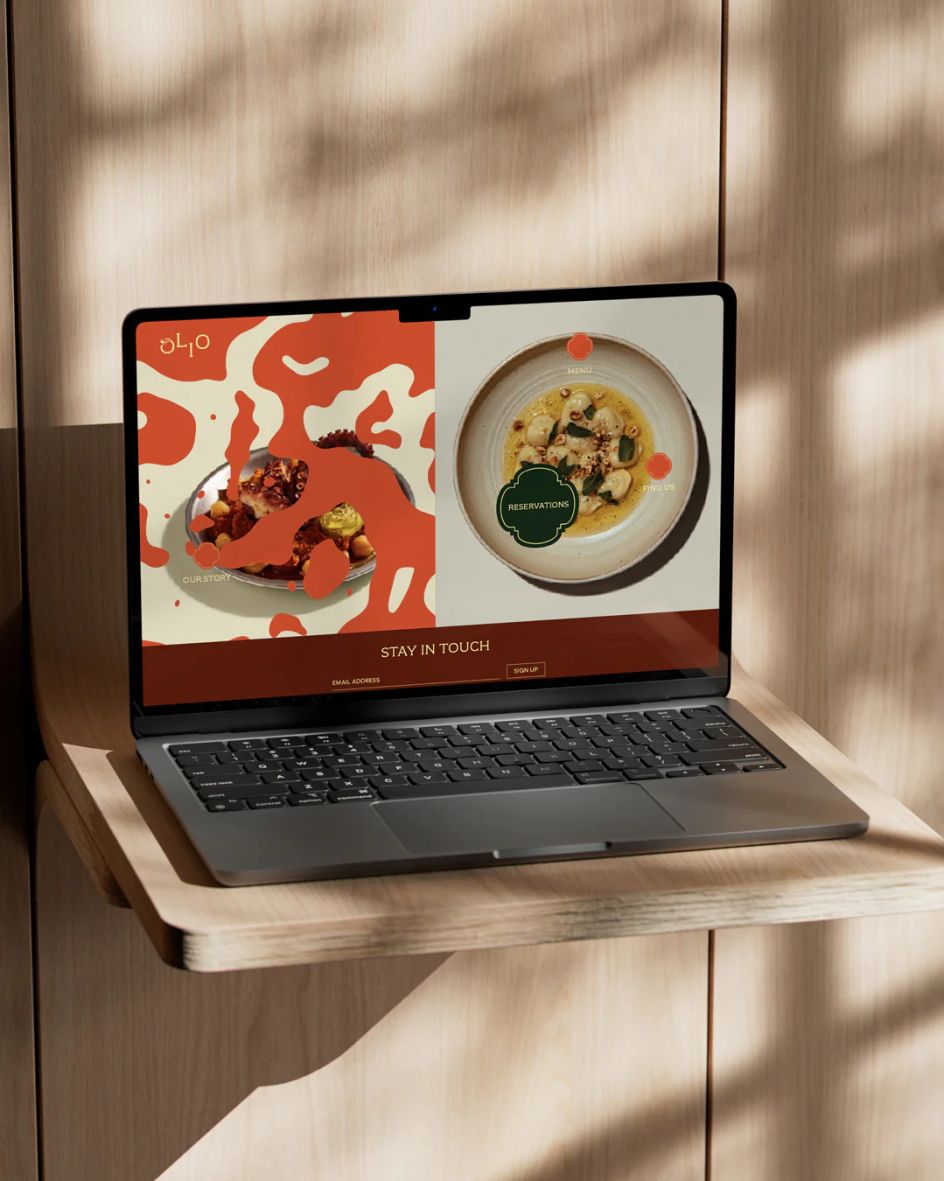When Alexander Clark designed Olio, a visual identity inspired by Southern Italian dining culture, he had no brief, no stakeholders and no deadline. The identity was created purely as a portfolio project; a chance to explore ideas freely. Now, it’s available to buy as a ready-to-launch brand kit on Brands Like These, a marketplace where independent designers can sell complete identities to entrepreneurs.
It’s an unusual model in an industry built on bespoke work, but for Alexander, it solves a common issue: great ideas often sit unseen. “If a brand can be live within a week and I’m still credited, that’s better than it sitting in my folio,” he reasons. “It gives the work the reach it deserves.”
In a world dominated by AI-generated logos, it’s interesting to see a platform like Brands Like These specialise in agency-standard brand kits by human designers. “Creating brands entirely with AI feels like a recipe for disaster in terms of IP and originality,” Alexander believes. So while he does use AI tools for support (proofreading, quick visual references), they’re never a replacement. “Platforms like this celebrate human craft, intuition and storytelling,” he says. “Hopefully, it reminds people of the value of real creative work.”
Designing for no one in particular
Olio draws on the sensory warmth of Southern Italian dining: shared meals, sunlight on olive oil, and architectural golden ratios. Alexander’s identity includes an animated logotype, tone of voice, typography, colour, motion, photography direction and templates. But he admits that designing without a client was a challenge.



“Without feedback, you can drift into something that just looks nice rather than something that works,” he explains. He then made an extra effort to hold the work to the same standards he’d apply to a client project. At the same time, he appreciated the freedom to take creative risks, such as leaning heavily into the golden ratio for menu layouts to create a sense of movement.
Moving away from the usual Italian dining influences, Alexander was inspired by the less-explored regions of Sicily and Calabria; areas known for their olives, oil, sunshine, and coastal charm. “I was intrigued by how oil and water don’t mix, yet together create these beautiful, organic forms that catch and reflect light in unexpected ways,” he explains. “That movement became a central idea, a metaphor for conversation, sharing and the fluidity of dining together.”
The colour palette was another deliberate choice. Rather than leaning into the typical Mediterranean blues and terracottas, Alexander opted for a softer, more grounded palette. “Drawing from the rich heritage of southern architecture and food, the palette feels warmer and more familiar, creating a sense of authenticity and comfort,” he notes.
Building out the strategic elements—tone of voice, social templates, marketing direction—without knowing the actual business behind the brand required Alexander to draw on his extensive experience working with hospitality brands.



“Some come with in-depth brand guidelines, others barely have a colour palette, but they all share one thing: they know how they want people to feel,” he says. “That’s what I focused on. I wanted the tone, design and assets to be able to evoke that feeling of being by the coast with a martini, or in a Nonna’s trattoria, relaxed, welcoming, a little indulgent.”
Why hospitality?
The hospitality sector as a whole demands a particular kind of designer: an all-rounder who can move between digital and in-store, who understands commercial instinct alongside craft, and who can work quickly without compromising quality. “The pace is fast, the plates are always spinning, and you have to stay flexible, but there’s a real freedom and creativity in that,” Alexander explains.
“Other industries can be more rigid or seasonal, whereas hospitality demands an all-rounder: someone who understands different mediums from digital to in-store, has a good commercial instinct, and can move quickly without losing the craft.”

Right now, hospitality is going through a difficult period, but Alexander remains optimistic. “I’m hopeful it’ll come out stronger,” he says. And with Olio now live and available to purchase, there’s a chance his work will help shape that recovery; even if he never meets the person who buys it.
“Whether it sells or not, it’s giving the work an opportunity to live beyond my own portfolio,” he reflects. For a designer who cares deeply about craft, intuition, and the human stories behind brands, that feels like enough.
